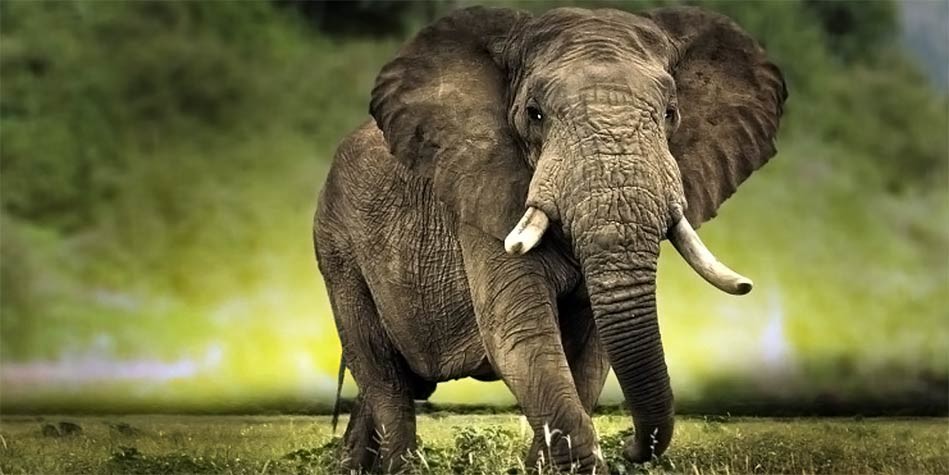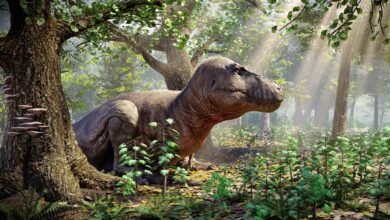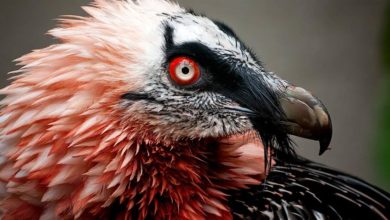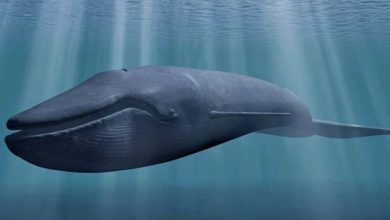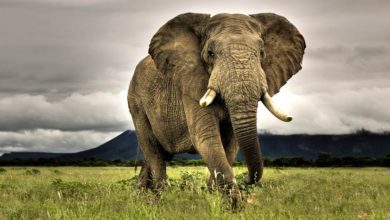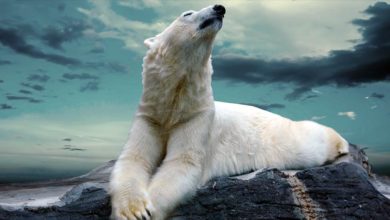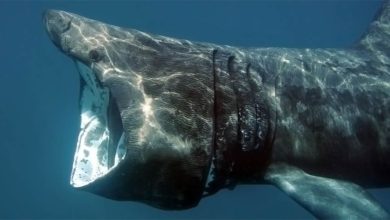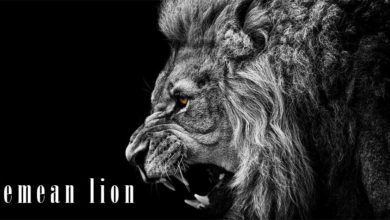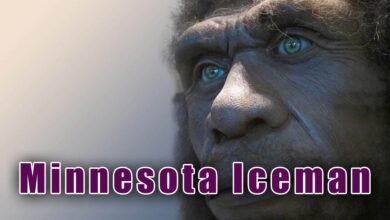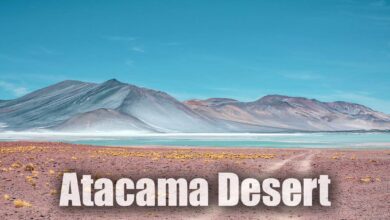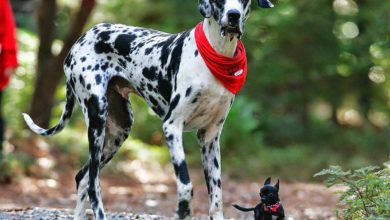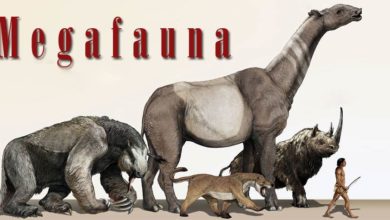African bush elephant, African savanna elephant (Loxodonta africana)
The symbol of Africa and the largest contemporary land mammal in the world. An animal which is very family, enjoying the birth of a new generation and celebrating the death of relatives. Though physically not at all like a man, some behaviors we can envy elephants…
The African bush elephant (Loxodonta africana) is the larger of the two species of African elephant. Both it and the African forest elephant (Loxodonta cyclotis) have usually been classified as a single species, known simply as the African elephant, but recent evidence has seen the forest elephant classified as a distinct species.
Classification
- Kingdom: Animalia
- Phylum: Chordata
- Class: Mammalia
- Order: Proboscidea
- Family: Elephantidae
- Genus: Loxodonta
- Species: Loxodonta africana
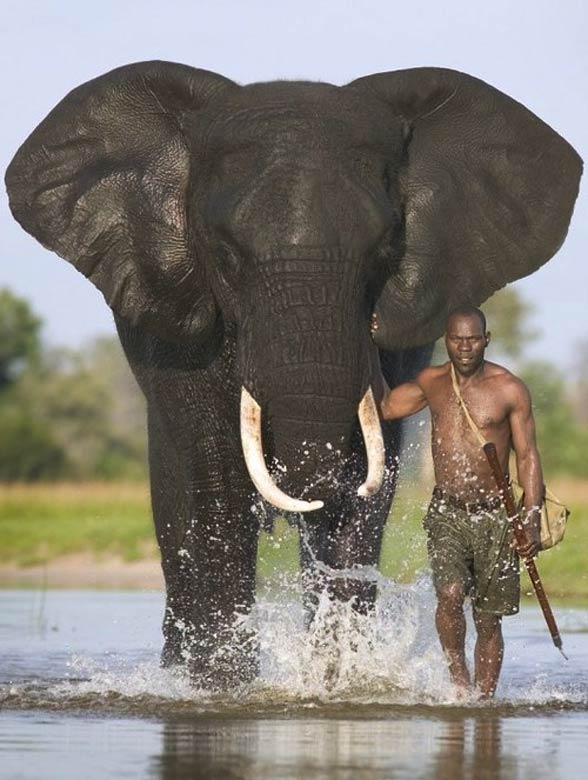
Description
African bush elephants are the largest living terrestrial animals, being up to 3.96 m (13.0 ft) tall at the shoulders (a male shot in 1974). On average males are 3.3 metres (10.8 ft) tall at the shoulders and 5.5 tonnes (12,130 lb) in weight, while females are much smaller at 2.8 metres (9.2 ft) tall and 3.7 tonnes (8,160 lb) in weight.
Ears
The most characteristic features of African elephants are their very large ears, which they use to radiate excess heat.
Trunk
Their trunk, an extension of the upper lip and nose with two opposing extensions at its end, different from the Asian elephant, which only has one. The trunk is used for communication and handling objects and food.
Tusks
African elephants also have bigger tusks, large modified incisors that grow throughout an elephant’s lifetime. They occur in both males and females and are used in fights and for marking, feeding, and digging.
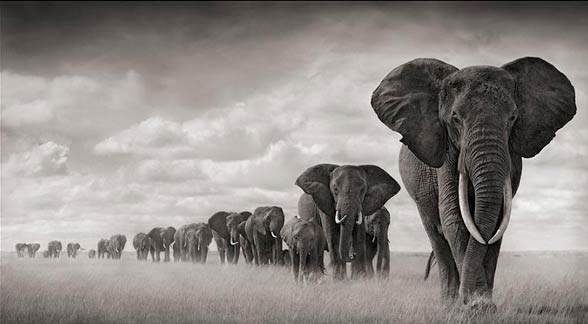
Physical characteristics
General
- Largest living land mammal
- Distinguished by:
- A proboscis or trunk
- Relatively large ears
- Long tusks
- Columnar legs
- Thick skin (pachydermous)
- Lack of hair on most of adult body
Body Weight
- L. africana: male 4,000-6,300 kg (8,818-13,889 lbs); female 2,400-3,500 kg (5,291-7,716 lb)
- L. cyclotis: (2,700-6,000 kg) (4,409-9,921 lbs), similar to Asian species (Elephas)
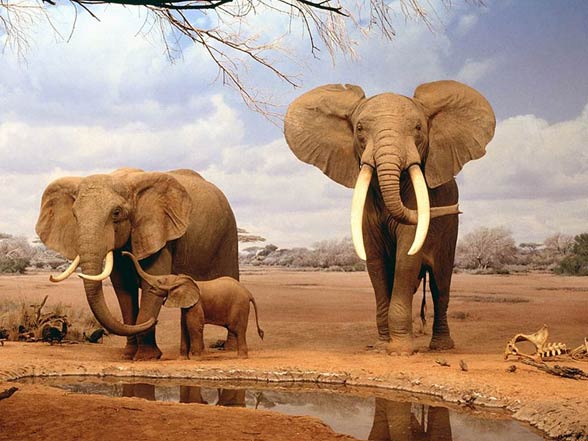
Body Length
- Tip of trunk to tip of tail = 7-8.8m (23-29 ft)
- africana: more slender
- Back markedly concave
- cyclotis: more compact
- Back straight
Shoulder Height
- africana: bulls 4 m (13 ft ), cows 2.2 – 2.6 m.
- cyclotis: bulls 2.4 – 2.8 m (8-9 ft), cows 1.8 – 2.4 m.

Skeleton
- 20-21 pairs of ribs; last four pairs are floating
- Skull weight in adults averages 52.2 kg (115 lbs.)
- Cranium filled with honeycomb-like spaces which allow the large skull to be relatively light-weight
- Neck is short; cannot turn head completely sideways
- Orientation of bones in limbs is almost vertical,
- Supports enormous weight but prohibits any type of leaping movement
- Forefeet are digitigrade (weight is on digits similar to tapirs and hippos)
- Hind feet semi-plantigrade
Teeth
- Highly specialized dentition:
- 2 upper incisors (tusks)
- Usually six cheek teeth in each half of each jaw in a lifetime
- Erupt in conveyor-belt fashion, one after another (don’t erupt vertically)
- Only one or two functional in each jaw half at a time
- Old worn-out teeth pushed forward and out
- Last set usually lost between 60 and 70 years of age
- Elephants grow six sets of molars during their lifetime; replacement ages:
- 1.5 to 2 years
- 3.5 to 4 years
- 8 to 10 years
- 20 to 25 years
- 40 to 45 years
- A single molar can weigh over 5 kg (11 lbs).
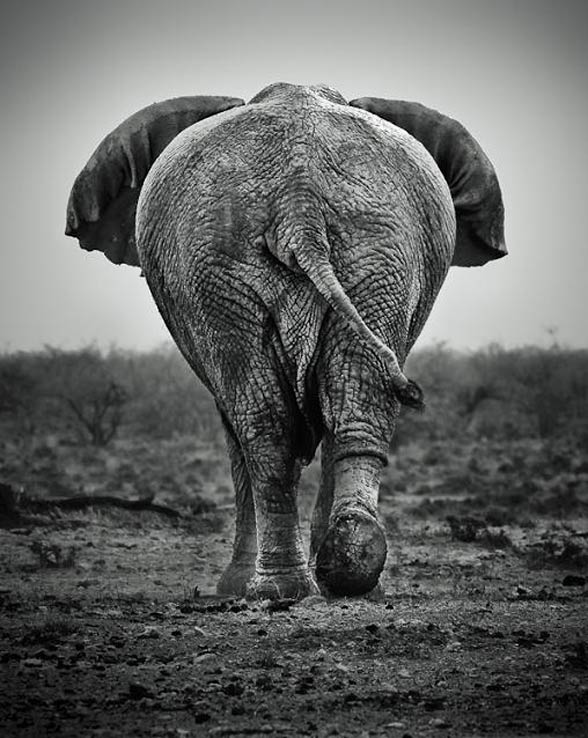
Tusks
- L. africana – curved out and forward
- L. cyclotis – point straight down
- Function:
- Digging (for water, salt, roots)
- Stripping tree bark
- Lifting
- Marking trees
- Sexual display
- Defense and offense
- Protection for trunk
- Both sexes have tusks of equal length
- Longest = 3.264 meters (10 ft 8.5 in)
- Heaviest = 102.7 kg (226 lbs 7oz)
- Usually 1 pair.
- Occasionally more may result from abnormal branching as a calf
- Growth is continuous (17 cm or 7 inches/year) and an indicator of age
- Composed of dentine with small enamel tip
- Elephants are “right-tusked” or “left- tusked” (one tusk shows definite wear with age)
- Elephant tusks are incisors.
- Tusks of pigs, hippopotamus and walruses are canines
- The term “ivory” should be applied only to elephants and mammoths
- Hardness of ivory depends on the animal’s origin, habitat and sex
- Piano keys were made with ivory from the late 1800s until the early 1900s (Chadwick 1992)
- A standard keyboard used 1.5 lbs. of ivory.
- A pattern in ivory of crisscross lines forming small diamond shaped areas (Schreger lines) are seen in cross section
- These patterns are unique to elephants and mammoths
- Often used by customs officials to determine source of the ivory
- Data collected during the last few decades indicate that the average tusk weight for African elephants is decreasing 1-2 lbs/year
- Average tusk weight in 1970 = 26 lbs. 7 oz.
- Average tusk weight in 1990 = 6 lbs 10 oz , p. 73).
- Tusks can grow 17 cm (6.69 inches) each year
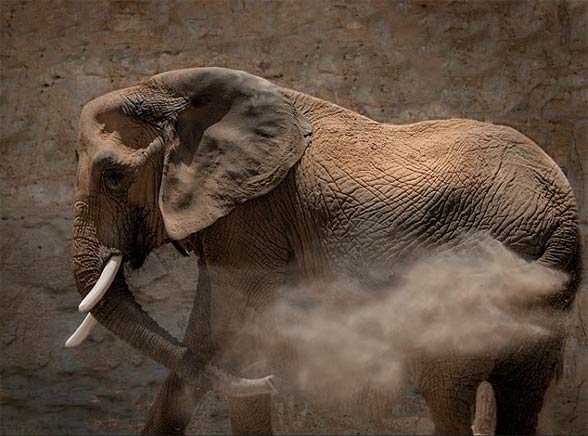
Skin
- Thickness varies:
- Paper thin inside ears, mouth, and anus.
- 1 inch thick on back and head
- Well-supplied with nerves
- No visible sweat glands
- Usually Gray in color; often appear brown because of mud baths
- Babies are covered with hair which decreases with age becoming short, and sparse on adults
- Longer hair on tip of tail, chin, elbow and knees
- Frequent bathing, showering, and powdering with dirt is important for skin care
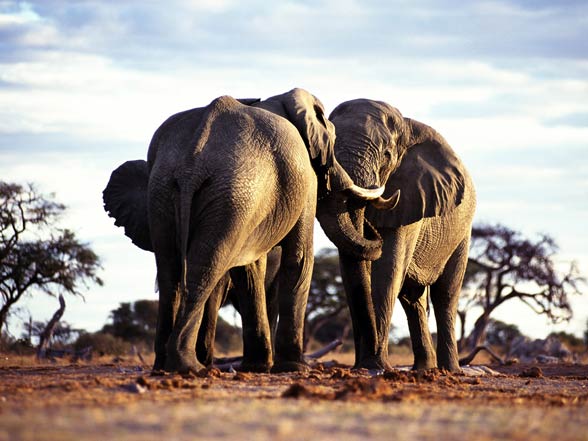
Trunk
- Function
- A tool for lifting, smelling, spraying dust, grass, and water on body
- Also used for sound production, courtship, calf assurance during nursing, behavioral signals and displays
- Formed by a fusion of the nose and upper lip
- 8 major muscles on each side of trunk. 150,000 muscle fascicles (portions of muscles) for the entire trunk – no bones or cartilage
- 2 openings or nostrils at the tip
- Ends with prehensile “fingers” on top and bottom for grasping, pinching objects
- 6-6.5 feet long
- May have developed for snorkeling
- Modern day elephant is only mammal that can remain submerged far below the surface of the water while snorkeling
- Weighs 150-200 kg (330-440 lbs).
- 70% of air inhaled is through the trunk, the rest comes through the mouth.
- Not used to “drink” through. Water is sucked up and squirted into the mouth. The trunk can hold more than 8 liters (2 gallons) of water
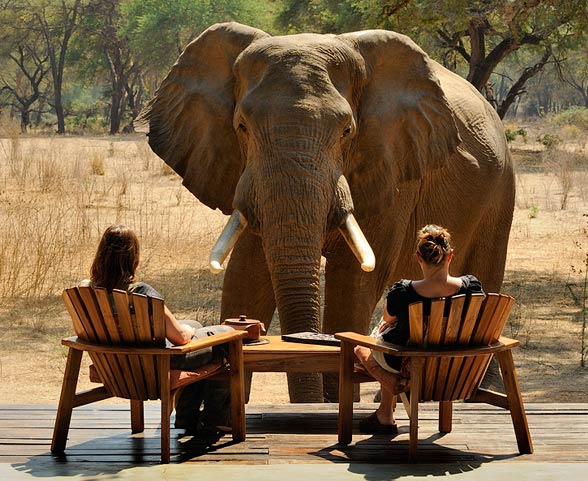
Feet
- Five toes on each foot; outer toes may be vestigial
- Five nails on forefoot, three on hind foot
- Feet are cushioned by pads that not only absorb shock, but also serve as sensory receptors:
- Vater-Pacinian cells in the cushion respond to pressure and vibration
- Meissner nerve endings in adjacent skin detect light touch
Ears
- African elephant’s ears are twice the size of the Asian elephant’s
- Shape is often likened to the continent of Africa
- Spread ears indicate threat
- Ear positions aid balance
- Thermoregulation – correlation exists between the number of times an elephant flaps its ears and the air temperature
- Acute hearing
- Hears low frequency sounds better than any animal tested
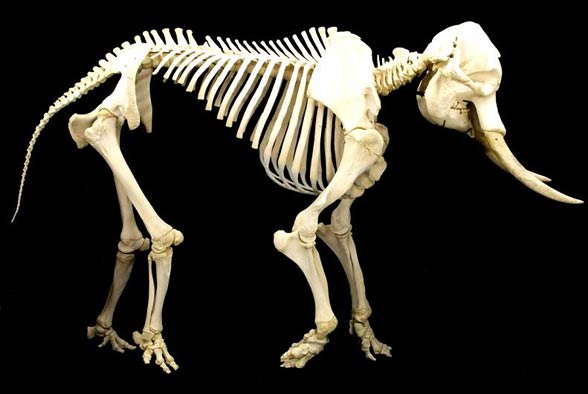
Glands
- Mammary Glands:
- 2 located between forelegs.
- Females produce milk that is 20% fat, 7% sugar and 3-4% protein
- Fat content 5 times higher than in the cow
- Scent glands (temporal glands) on cheeks between the eye and ear are modified sweat glands
- Produce an oily secretion containing cholesterol, phenol and cresol
- They can weigh up to 3 kg in males, rarely over 1 kg in females
- Secrete throughout the year, becoming especially active in bulls during mating season
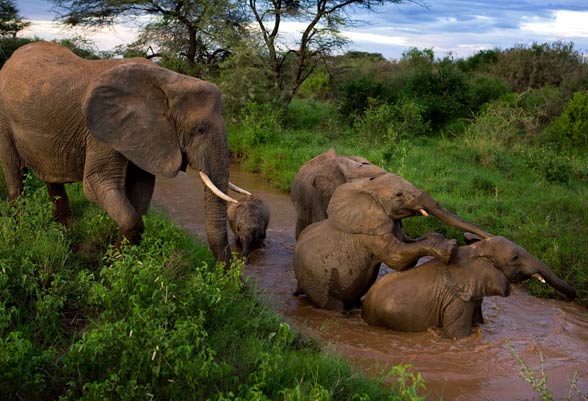
Internal Organs
- Organs are not proportionately larger than other mammals.
- Heart is 27 – 46 lbs (12-21 kg) .
- Unique shape with a double pointed apex instead of the typical cone shaped mammalian heart
- Manatees and dugongs also have double apex hearts
- Heart rate 25-30 beats/min standing, 72-98 beats/min lying down.
- Anatomy of the lung is unique among mammals;
- Pleural cavity is obliterated by slippery connective tissue.
- In all other mammals, the lungs are surrounded by 2 layers of a thin membrane with a teaspoon of liquid in between
- Unique anatomy allows elephants to withstand the extreme differences in pressure above and below water without rupturing blood vessels in the lining of the lungs,
- Enables swimming underwater using trunks as a snorkel
- Elephants’ closest relatives are manatees, dugongs and sea cows that live full-time in the water
- Respiratory rate 4-6 breaths/min when calm.
- Doubles when active.
- Lack of gall bladder
- Testes inside abdomen near kidneys
- Brain weighs over 11 lbs.
- 1/500th of the body weight
- Human brain weighs about 1.6 kg (3 lbs 8oz) or 1/50th of the body weight
Eyesight
- Eyesight poor – best in dim light
- Tear ducts are vestigial
- Harderian glands (accessory lachrymal glands associated with the nictitating membrane or third eyelid) lubricate the eyes
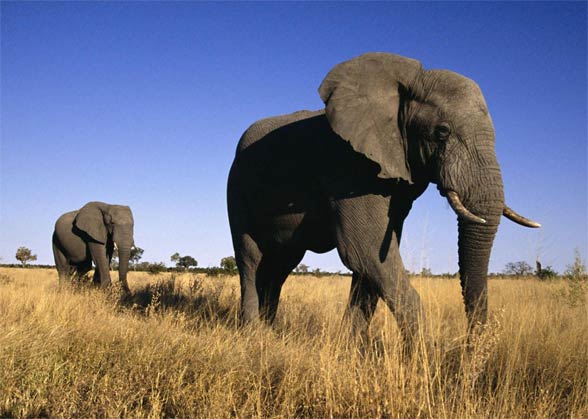
Distribution & habitat
- Ancient range was all of Africa except the Sahara
- Eliminated from Northern Africa by the end of the middle ages
- Began to disappear in Southern Africa in 1700s and 1800s
- Regionally extinct: Burundi, Gambia, Mauritania
- Reintroduced: Swaziland
- Currently L. africana populations are found in much smaller areas of east, central and south Africa
- L. cyclotis inhabits the Congo basin and west Africa
- Regional changes in range are difficult to estimate given a lack of precise historical measures
- Home ranges may vary in size from 6 to 580 square miles, depending on:
- Quantity and quality of food available
- Whether the area is used primarily by bulls or by cows and their young
- Home ranges among groups may overlap; no evidence of territoriality
- Considered a “keystone” species in their ecosystem
- Stop the progression of grassland to forest or shrub lands
- Grasses support grazing ungulates which are in turn food for carnivores
- Maintain trails used by all species
- Keep down vegetation around water holes, making safe drinking spots for all species
- Home ranges may vary in size from 6 to 580 square miles, depending on:

Evolutionary History
- First elephant-like animal fossils discovered in Morocco
- 55 million year-old Phosphatherium weighed 15 kg (33 lbs)
- 60 million year-old Eritherium weighed 4 to 5 kg (8.8 to 11 lbs)
- Over time, there have been 10 or 11 families in the Order Proboscidea
- Have tusks, modified upper lips and noses
- Evolutionary trend for size increase from dog-sized to over 4 meters (13 ft)
- Mastodons diverged from elephant ancestors 24 to 28 million years ago
- Belong to a separate family only distantly related to modern elephants
- Found in Europe, Greece, North America and Central America
- The elephant family originated by 16 million years ago (middle Miocene)
- African elephants separate from Asian elephants and mammoths 7.6 million years ago
- New discovery: earliest Asian elephants found in 6.7–5.2 million-year-old rocks in Kenya
- Savannah and forest elephants diverged from each other at least 2 million years ago
- Mammoths (Mammuthus) belong to an extinct genera of the elephant family
- Widespread in Europe, northern Asia, North America and central Mexico, but not South America
- DNA reveals mammoths closer relationship to Asian elephants than to African elephants
- The woolly mammoth (M. primigenius) occupied Europe, British Isles, northern Asia, and as far south as Kansas in the United States
- After arriving in North America, some populations returned to Asia
- The Columbian mammoths (M. columbi) spread throughout North America into Central America
- A dwarf form of the Columbian mammoth survived on the Channel Islands of California
- Extinct about the time of early human contact 12,000 to 13,000 years ago
- Extinct pygmy mammoth skeletons found on Mediterranean island of Crete and Sardinia
- DNA and morphology shows closer relationship to Mammuthus than to Elephas
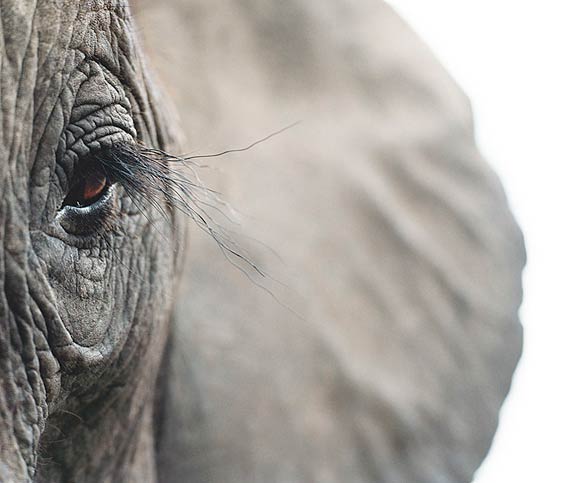
- Modern genera Loxodonta and Elephasboth originated in East Africa
- Loxodonta migrated throughout Africa
- Elephas migrated to Asia and Eurasia
- Extinct pygmy elephants on islands of Cyprus and Tilos islands in Mediterranean
- DNA more like modern Elephas
- Not known if pygmy elephants on Sicily and Malta are similar to mammoths or to modern elephants
- Elephants’ closest living relatives: hyrax, sea cows, golden moles
- Grouped into a proposed new taxon which originated in Africa, Afrotheria, together with aardvarks, elephant shrews, tenrecs
- Close relationships based on molecular evidence, shared anatomy, earth history of plate tectonics
- Elephants have large and complex brains with advanced traits that have independently evolved in only 3 mammalian orders (primates, cetaceans, proboscidea); all species in these orders have:
- Complex social structure
- Complex communication
- Advanced learning ability
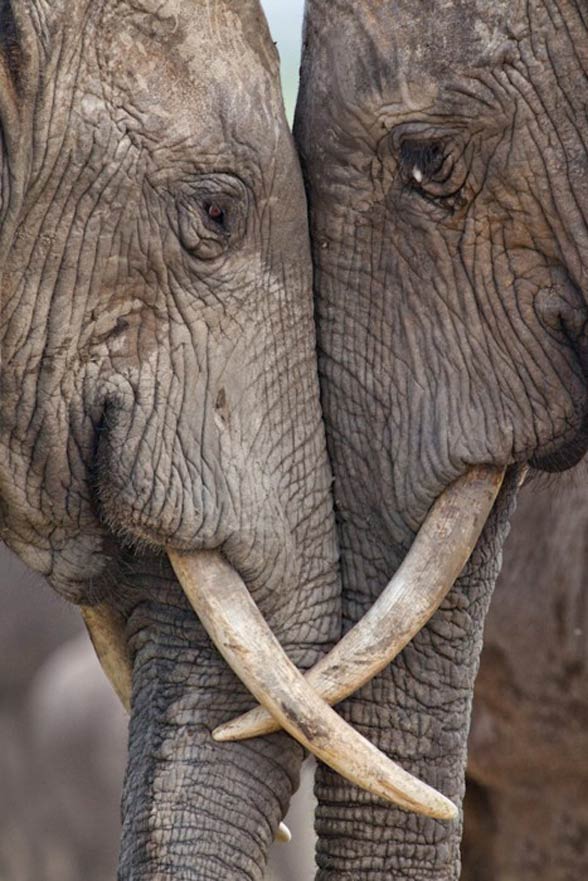
Recommended
- African forest elephant
- Elephants
- Mammoths
- Asian elephant
- Largest eagles Top10
- Largest birds of prey Top10
- Animals & dinosaurs records
- The fastest animals – Top 100
- The fastest birds – Top 10

